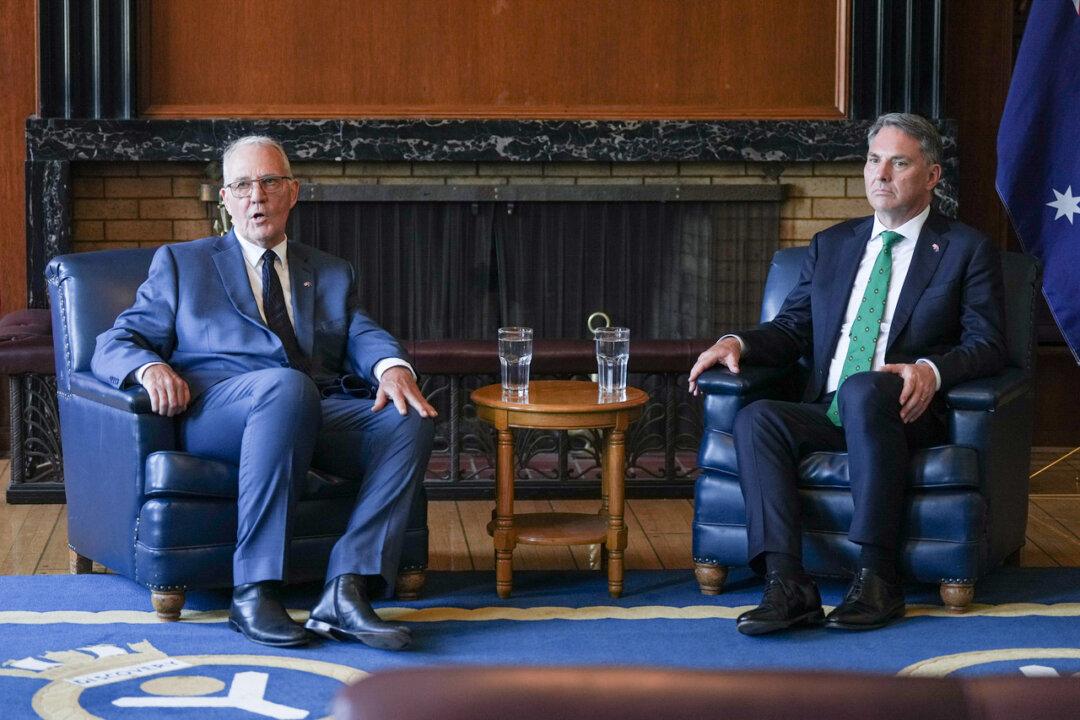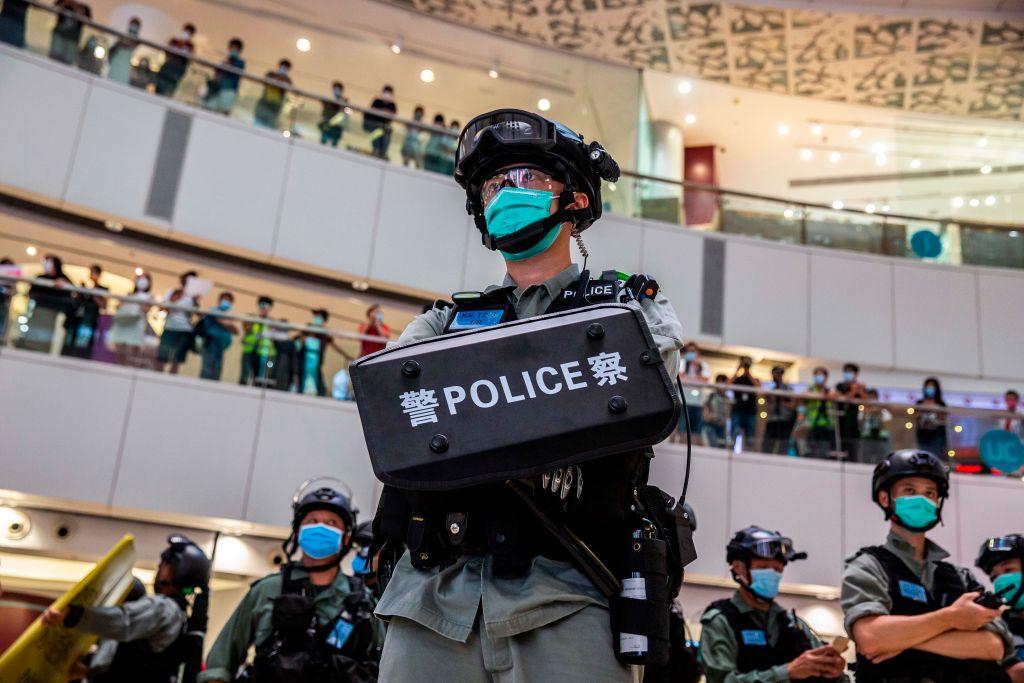Canadian and Australian defence ministers are strengthening the two countries’ partnership amid what they call escalating global insecurity not seen since World II, driven by challenges such as China’s military buildup and ongoing conflicts in Eastern Europe and the Middle East.
Defence Minister Bill Blair met with his Australian counterpart Richard Marles in Vancouver on Aug. 8 to explore ways to enhance defence collaboration, including in military operations, cybersecurity, and security research.





